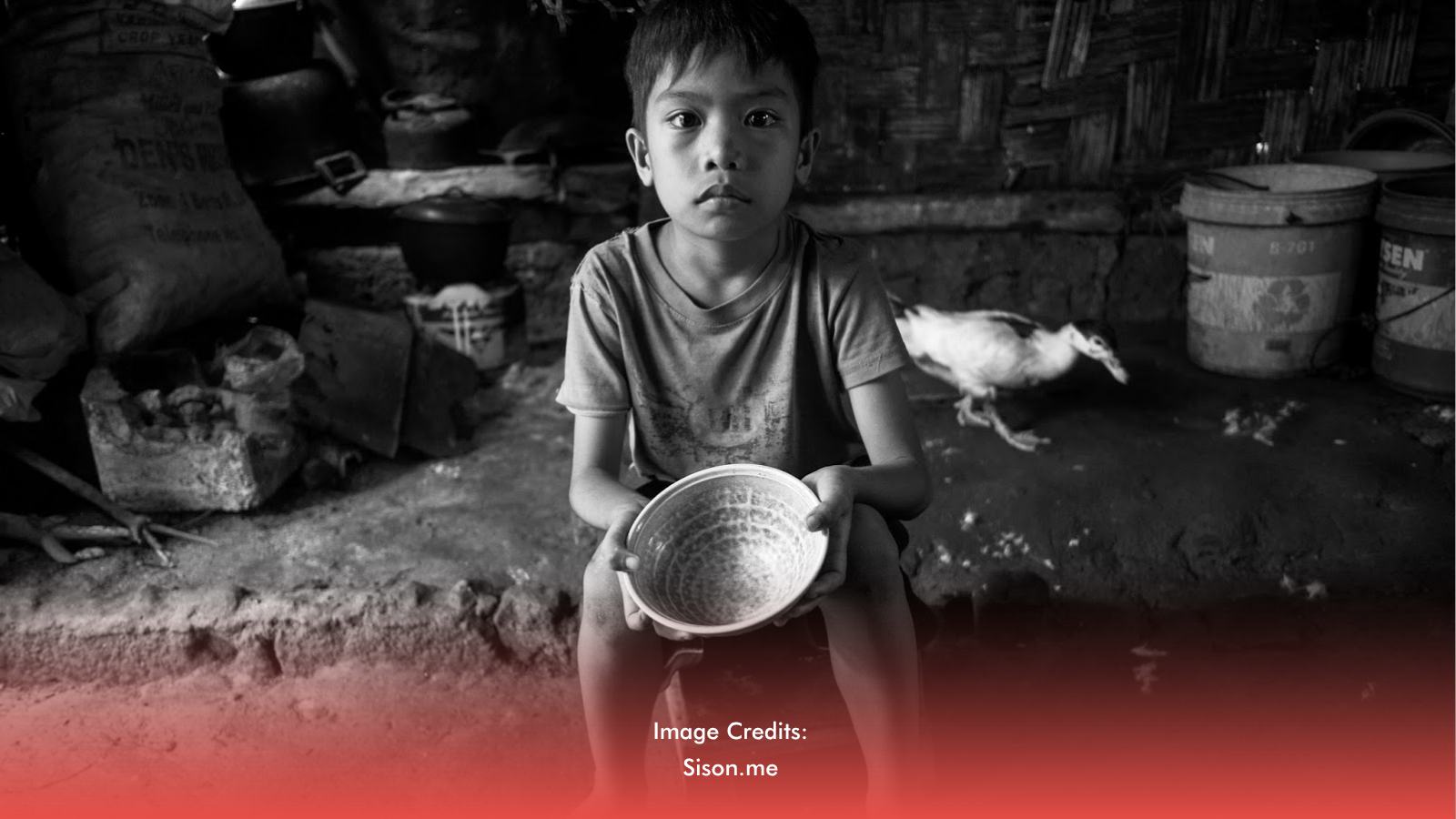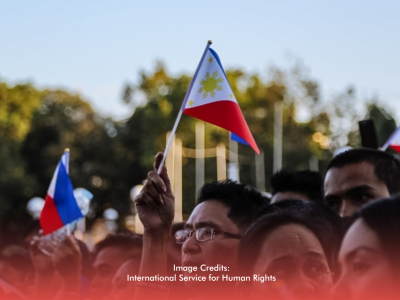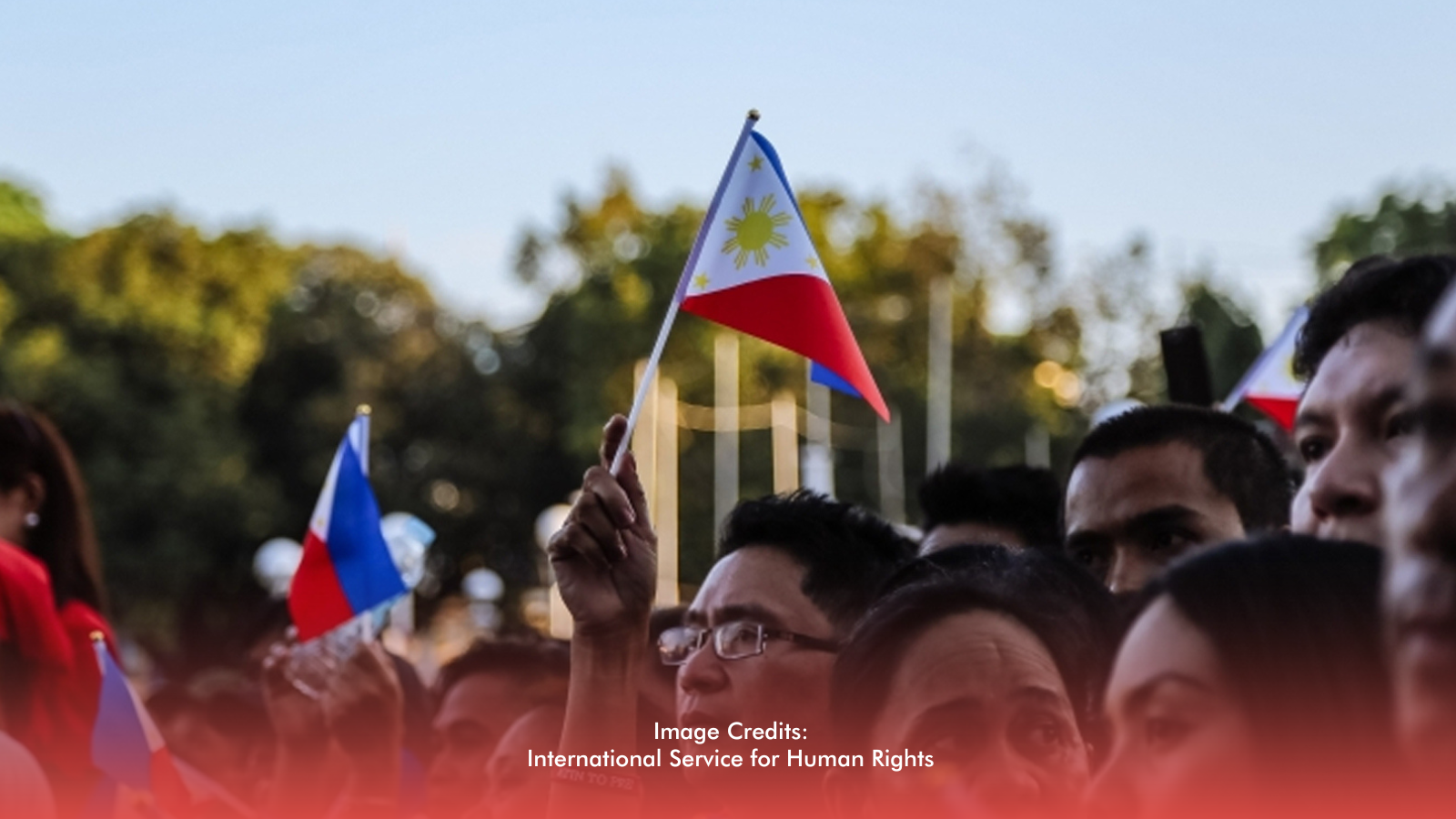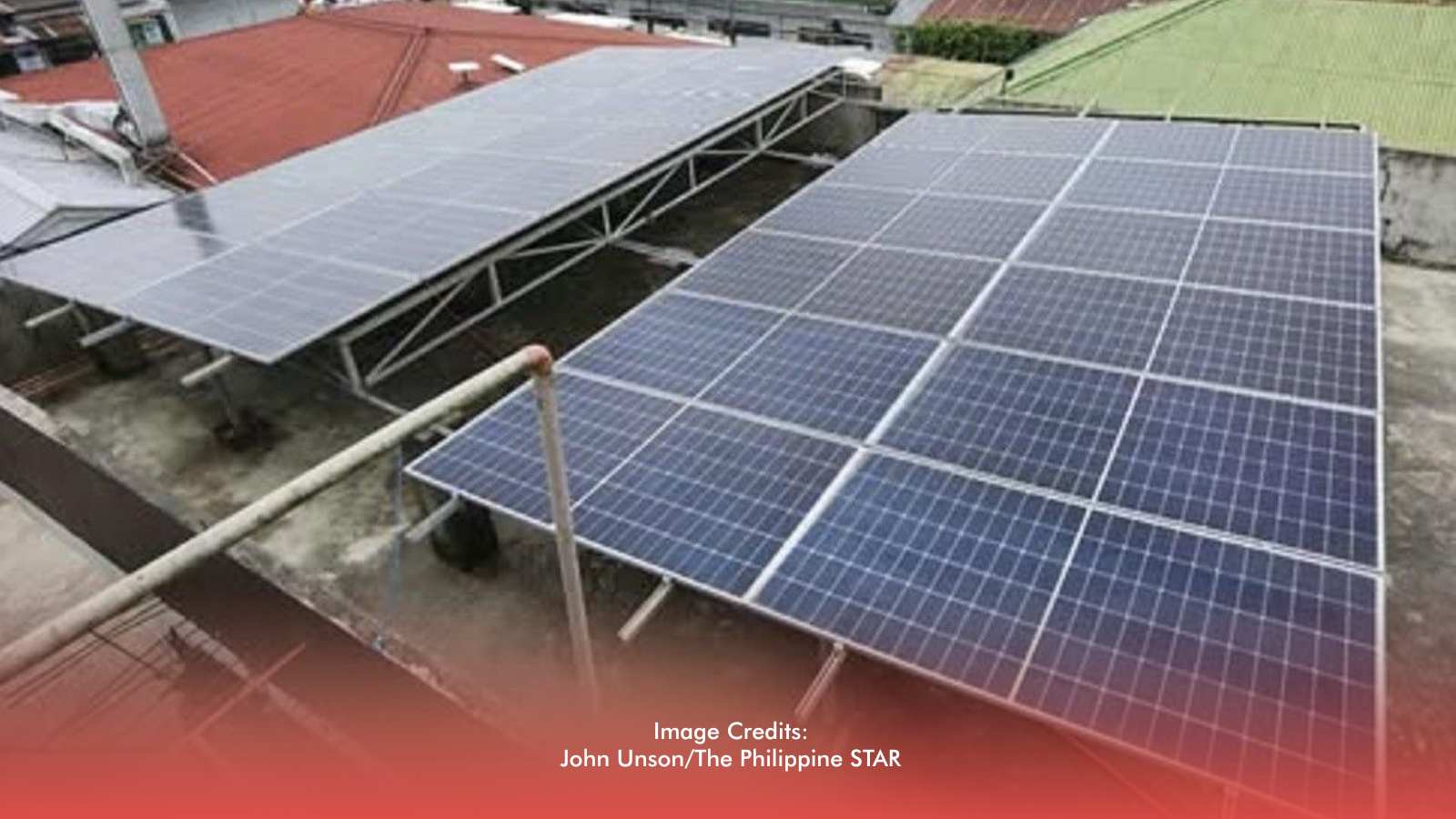Hunger is becoming more widespread in the Philippines, particularly in Mindanao and the Visayas, based on the latest Social Weather Stations (SWS) survey conducted from April 23 to 28, 2025. Mindanao recorded the highest hunger rate at 26.3%, a steep 9-point increase from the earlier 17.3%. The Visayas followed with 19.7%, up by 5.4 points. Meanwhile, Metro Manila posted a hunger incidence of 20.3%, while Balance Luzon (Luzon outside Metro Manila) registered 17%.
SWS reported that overall, 20% of Filipino families experienced involuntary hunger—defined as going hungry at least once in the last three months due to lack of food or money to buy it. This marks a 0.9-point increase compared to the April 11–15 survey, mainly driven by hunger spikes in the southern regions.
More Families Consider Themselves Poor
Alongside the hunger data, the SWS survey also revealed that half of Filipino families (50%) now consider themselves poor. Another 8% see themselves as borderline poor, while 42% classify themselves as not poor.
SWS Director for Communications and IT Leo Rando Laroza explained that the survey aims to provide insight into the deprivation that many Filipino families face. “The ideal is no hunger. But the reality is there are still pockets of poverty in different parts of the country,” he said.
Root Causes: Lack of Money or Food Supply
Laroza noted that hunger persists due to a combination of economic and supply-related issues. “Some respondents said they had the means but no food was available. Others said food was there, but they didn’t have the money to buy it,” he explained.
The survey found that hunger is more common among poor families, with 25.9% of them reporting hunger, compared to just 14.1% among non-poor families. These figures highlight the ongoing struggle of vulnerable communities and underline the urgent need for targeted support and food security programs.








